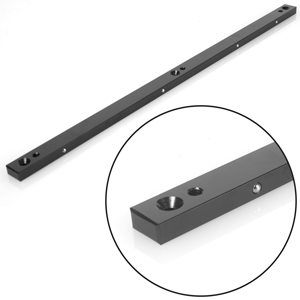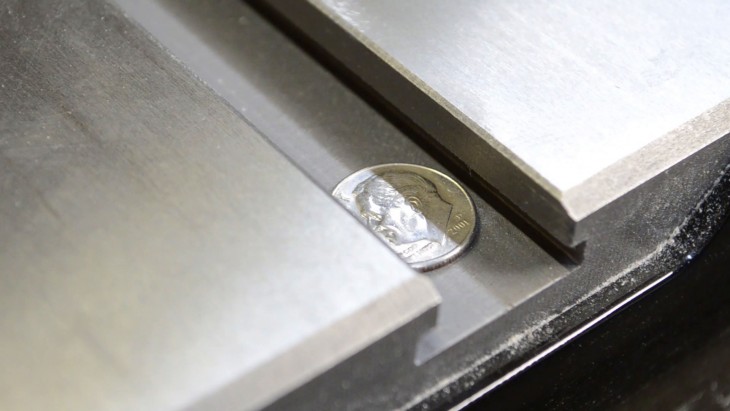Table Saw Miter Slot Runners
(Not compatible with table saws with 'Tabs' cast into the top of the miter slot or 5/8' miter slots i.e. Ryobi or Craftsman) ZEROPLAY Miter Bars and Stops will fit ANY standard (3/4” x 3/8”) T-Track miter slot that measures between 0.73' and 0.79' wide and at least 5/16' deep. Often referred to as the World's Toughest Polymer, Ultra High Molecular Weight (UHMW) Polyethylene is your best material choice for making jigs and fixtures for your table saw, router table, drill press, etc. UHMW is a linear high density polyethylene that's 10x heavier than regular high-density polyethylene giving you a rock-solid base for your jig or fixture.
Introduction: MITER SLED FOR SMALL TABLE SAW
My Little Shop of Jarfold has a new small table saw (23' x 20' top) for which I'll be needing some new jigs. I built a small miter jig using scraps of 3/4' plywood and some thinner scraps for the runners.
Step 1: BASE AND RUNNERS
I ripped down some scrap wood to EXACTLY fit the slots on the table saw. A few coins held the guides proud of the slots. I glued and screwed the plywood base to the runners. There was absolutely no wiggle to the base in the slots.
Step 2: CUT SLOT
I cut a slot about halfway through the base with the full height of the blade. I glued together pieces of scrap plywood for the miter guides a tad lower than the full height of the blade.
Step 3: THE MITER GUIDES
I marked a line 45 degrees to the blade. I glued and screwed one guide on this line. I trimmed off the overhang. Using a rafter's square, I glued and screwed the other side of the guide. As long as the two sides are exact right angles to each other and you cut one miter on the left and its match on the right, the fits will always be perfect.
Step 4: SAW BLADE GUARD
They call it an accident because it is. They don't call it an ON PURPOSE! So, for safety I glued together some scrap and made a wedge higher than the full height of my raised blade and glued it in place.
Step 5: TESTING THE CUTS
I cut 4 equally long pieces of scrap and mitered the left side. I set up a stop and mitered the right side. It went together perfectly. However, there was one more thing I wanted to add. Something to hold the open kerf at the beginning of the sled in place.
Step 6: FRONT STABILIZER
I added a stabilizer at the front of the sled and ran the blade through it. This, too, was higher than the full extension of the blade. At this point, the sled was done. Let it be noted that this sled has a capacity of cutting 3' wide boards, which is fine for my needs. To cut much wider boards, add more space between the front stabilizer and the miter guides.
Step 7: THANKS FOR STOPPING IN

I know there are many miter sled How-Tos out there, but most are for huge floor model table saws. For those like me and have a small table saw, I hope this helps.
Drop a comment or ask a question. I'd love to hear from you.
1 Person Made This Project!


- superkoreanr6s made it!
Recommendations

Table Saw Miter Slot Runners For Sale
Anything Goes Contest
Plastic Contest
Battery Powered Contest